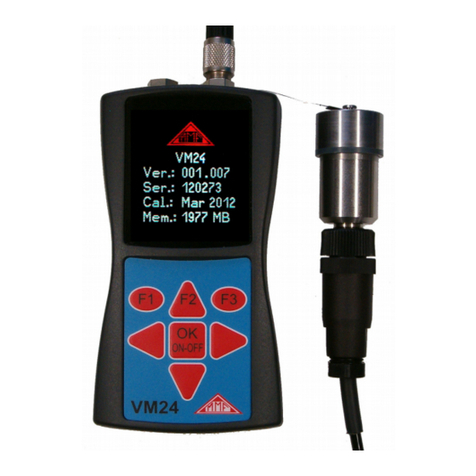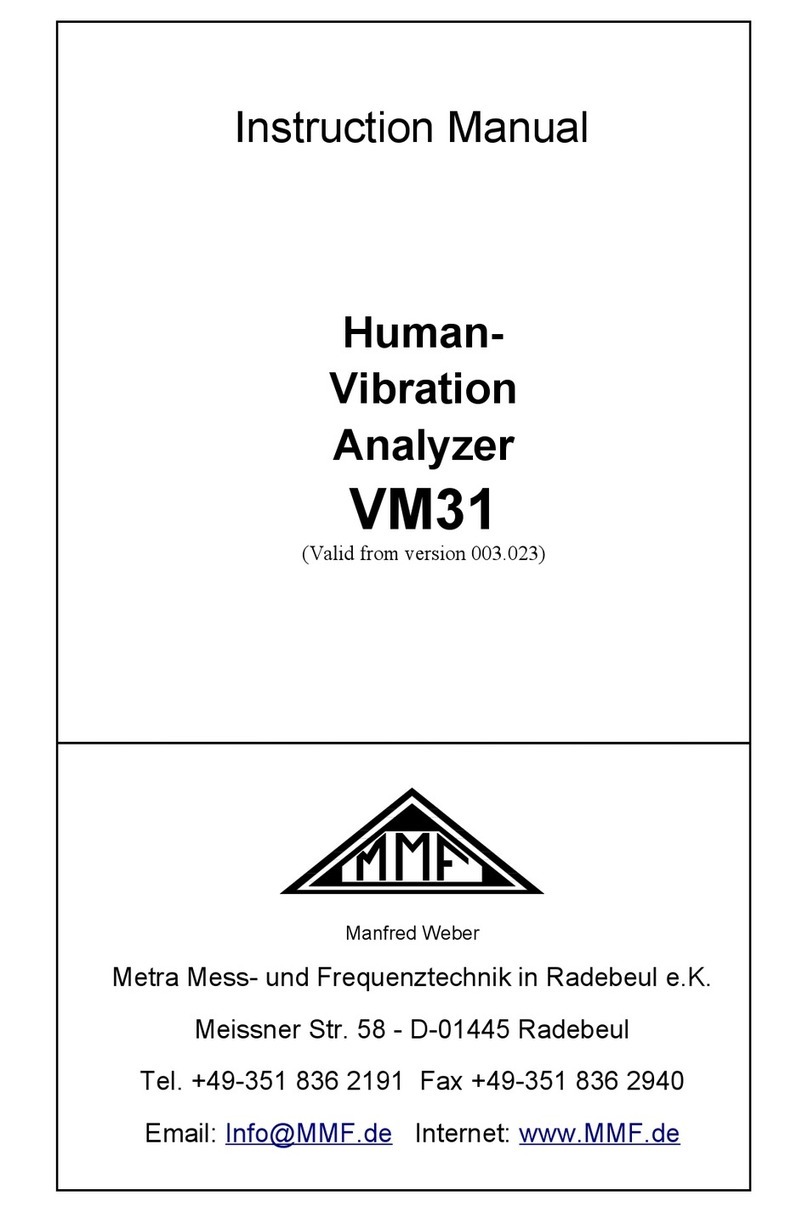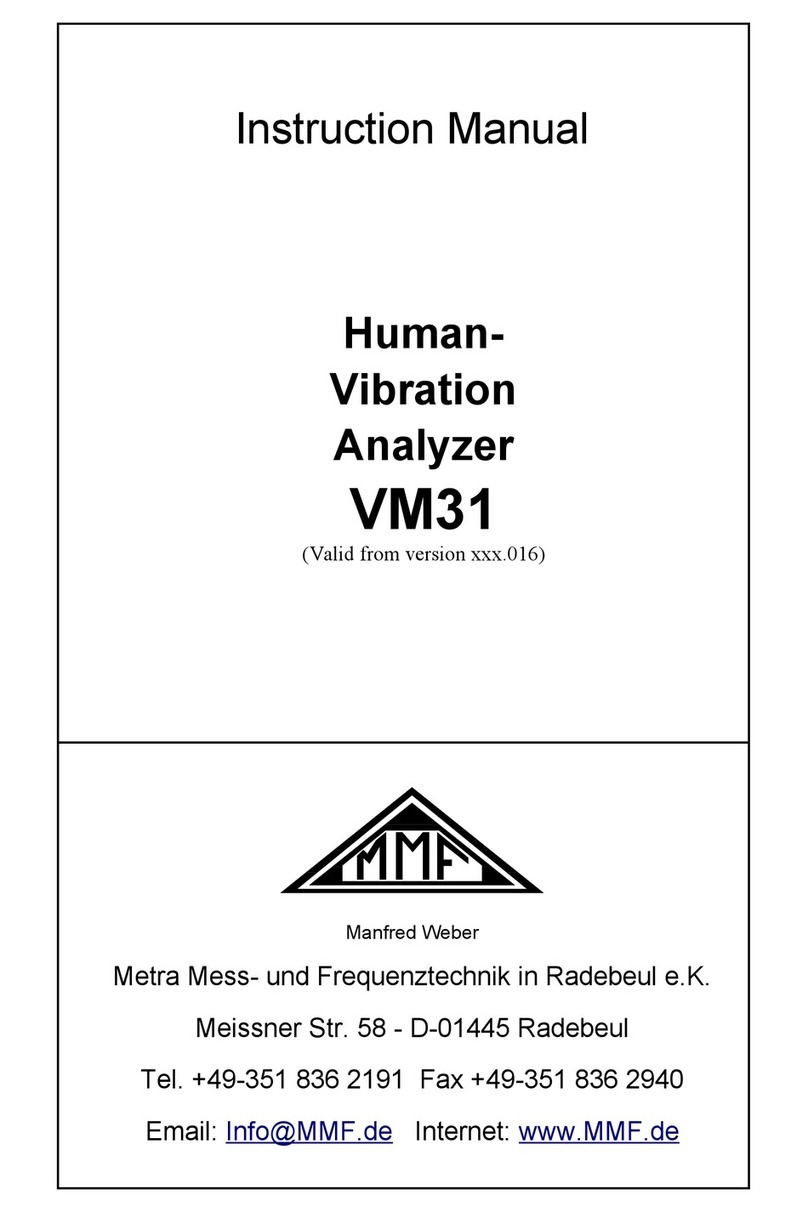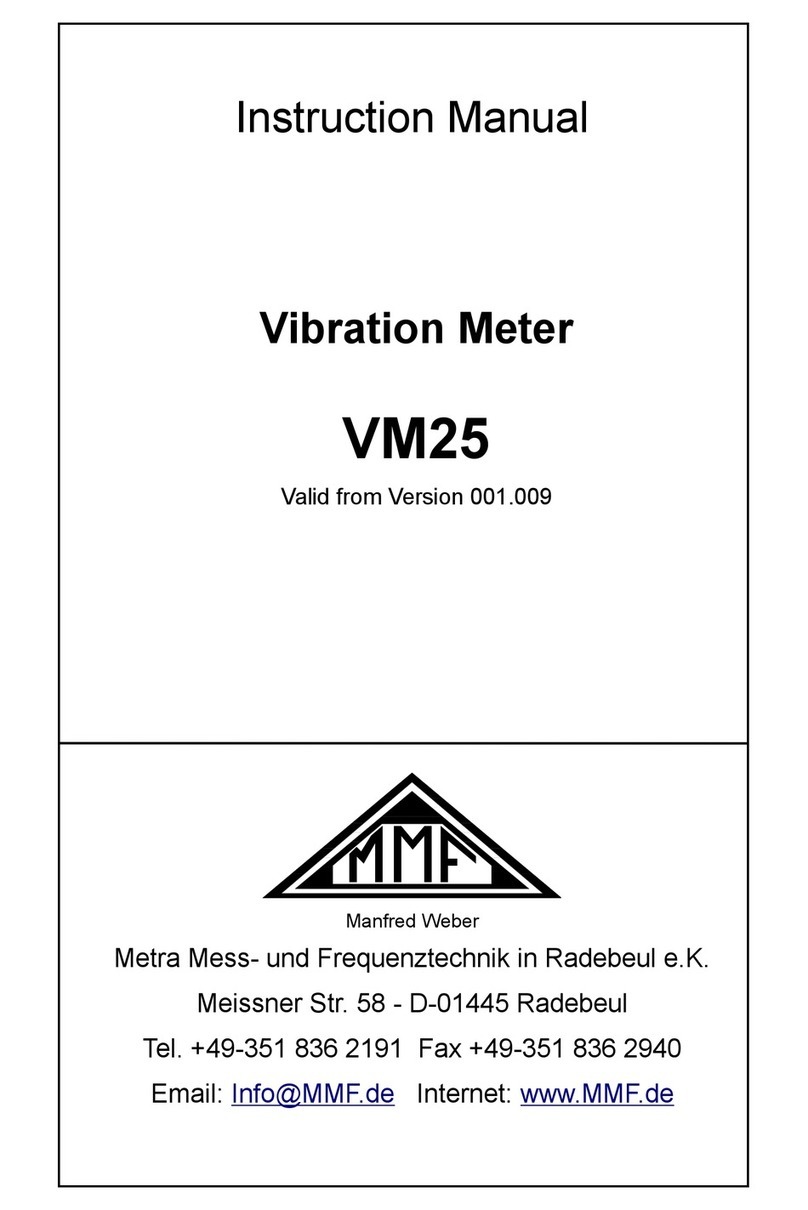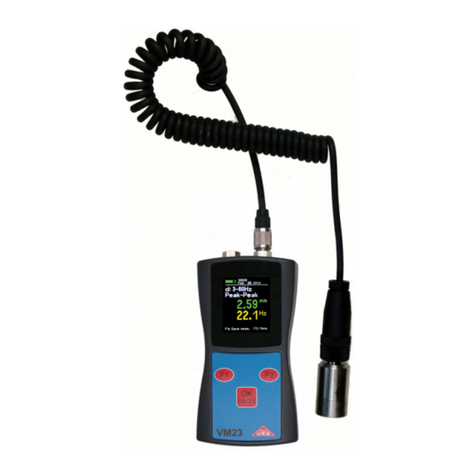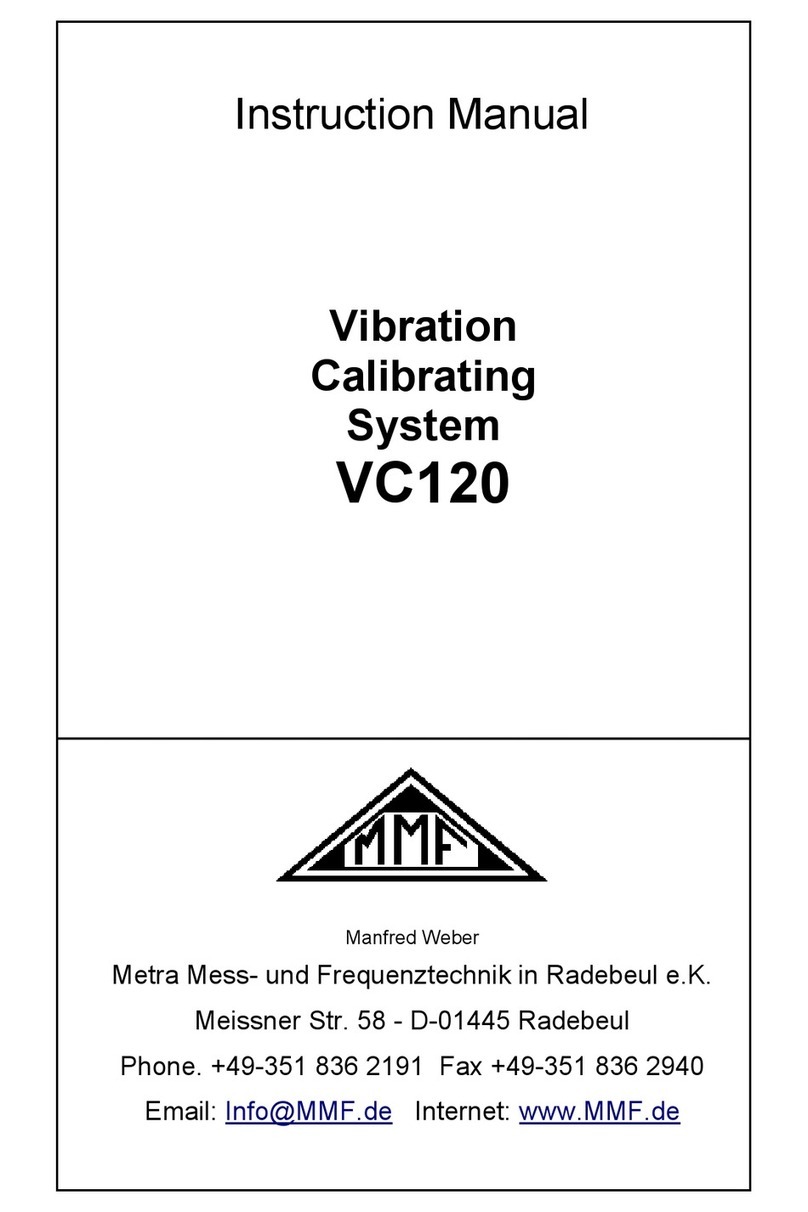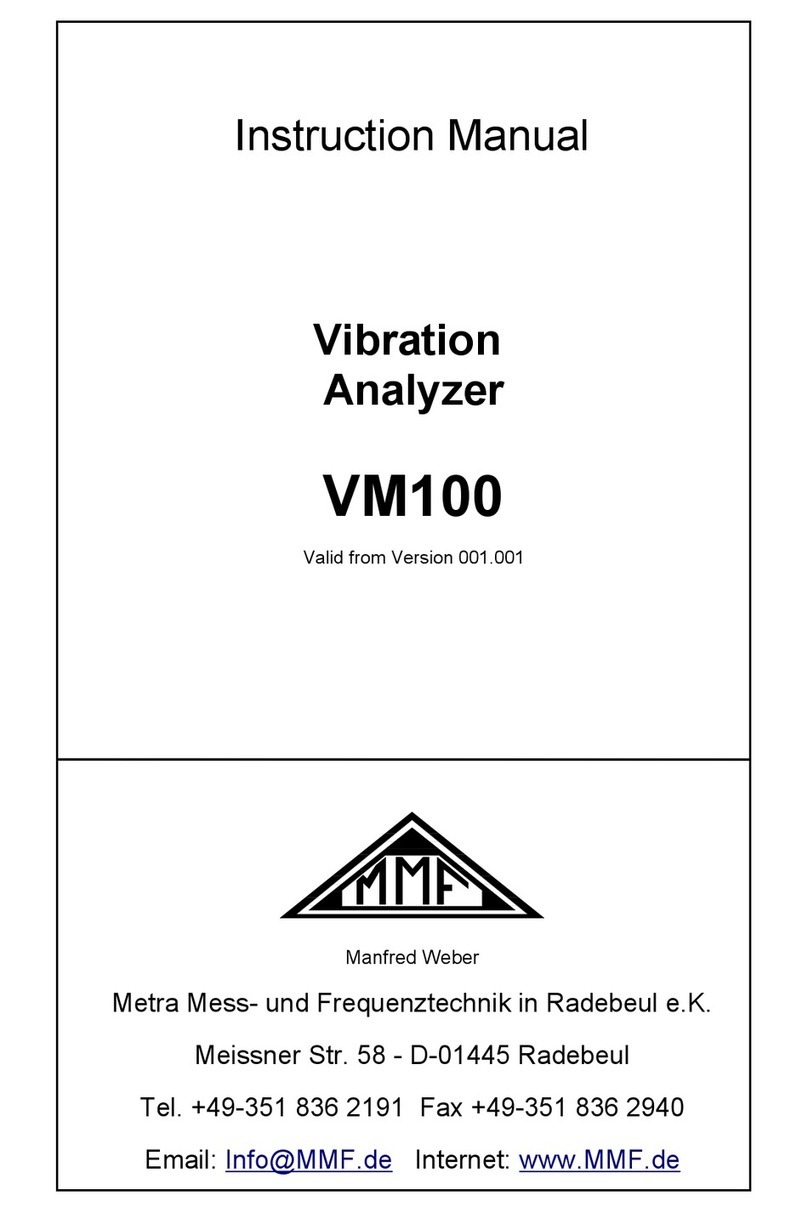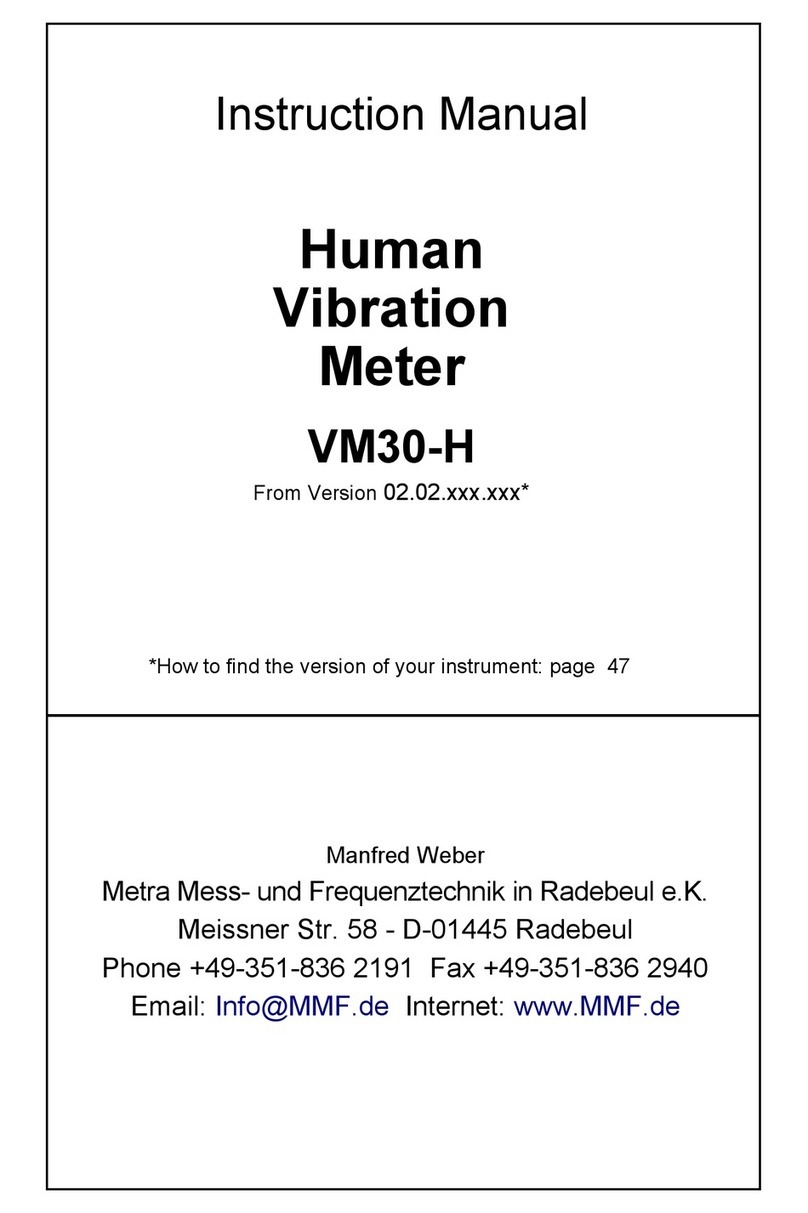Contents
. Purpose..................................................................................................................3
2. Function.................................................................................................................3
2. . The Sensor......................................................................................................3
2.2. The Measuring Instrument..............................................................................4
3. The Measurement Procedure.................................................................................4
4. The Batteries..........................................................................................................5
4. . Inserting the Batteries.....................................................................................5
4.2. Switching On and Off.....................................................................................6
4.3. Battery Display and Battery Type...................................................................7
4.4. Shut-off Timer................................................................................................7
5. Preparation of Measuring Points............................................................................8
5. . General Information on Measurement Point Choice.......................................8
5.2. ISO 08 6- Recommendations.....................................................................8
5.3. VMID Measurement Point........................................................................... 0
5.3. . How the VMID Measurement Point Functions..................................... 0
5.3.2. Mounting the VMID Measurement Point.............................................. 0
6. Measurement........................................................................................................
6. . Measurement Value Display.........................................................................
6.2. Measurement Point Detection.......................................................................
6.2. . Reading the VMID Data with the VM22...............................................
6.2.2. Entering the Measurement Point Text................................................... 2
6.2.3. Deleting Measurement Point Data......................................................... 3
6.3. Saving Measurands....................................................................................... 3
7. Viewing Saved Measurement Data...................................................................... 4
7. . Graphical Trend Display............................................................................... 4
7.2. Viewing Saved Measurement Values............................................................ 5
7.3. Deleting all Measurement Data.................................................................... 5
8. Measurement Evaluation..................................................................................... 5
9. Setting the Date and Time.................................................................................... 8
0. Calibration......................................................................................................... 9
. Sensor Check.....................................................................................................2
2. Reset Key...........................................................................................................2
3. Connection to a PC............................................................................................2
3. . Device Driver.............................................................................................2
3.2. VM2x Measurement Database....................................................................22
3.3. Firmware Update........................................................................................23
4. Technical Data...................................................................................................25
Limited Warranty....................................................................................................27
Appendix: Warranty
Declaration of CE Conformity












